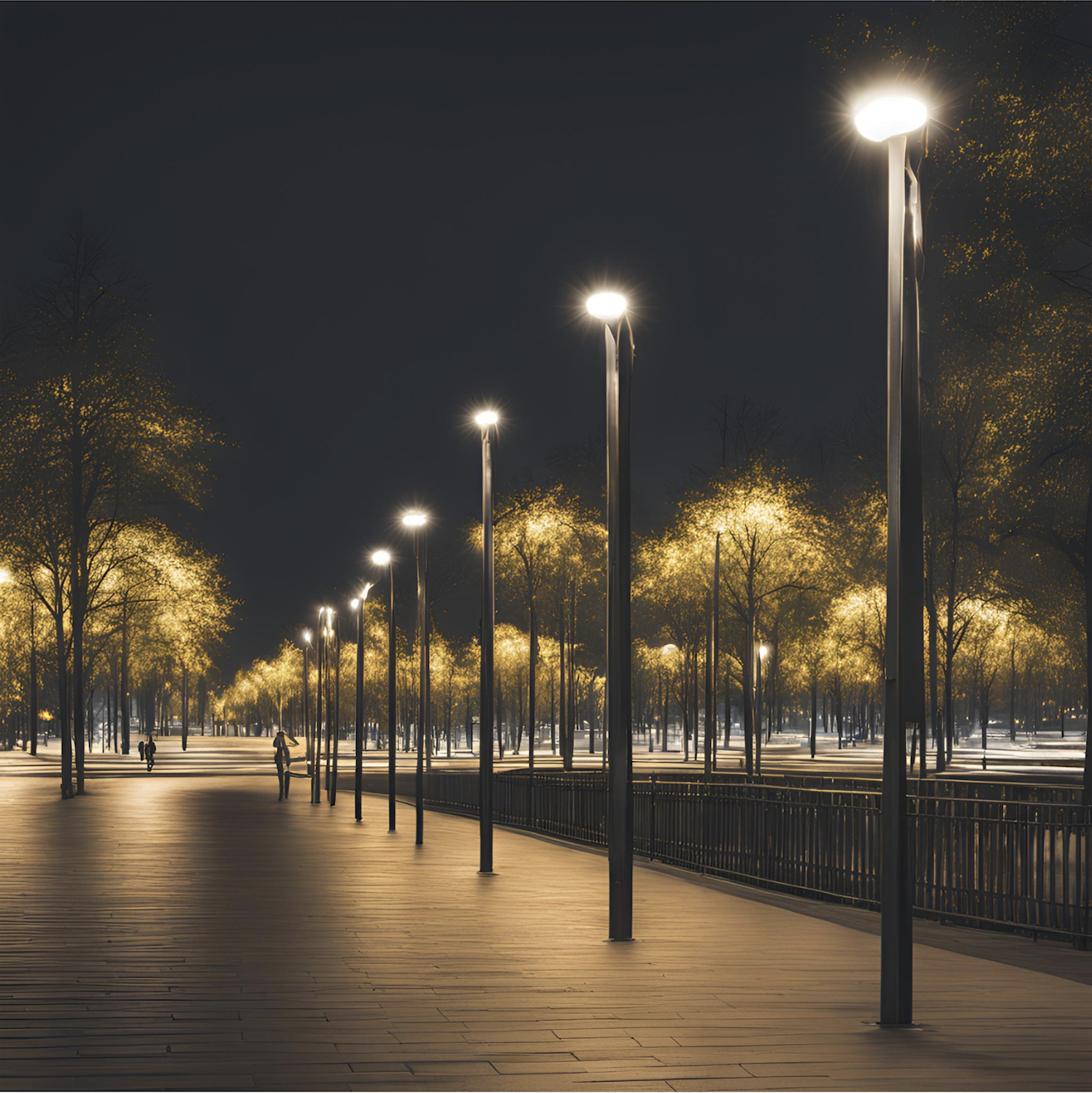
What we do
The ProLIGHTmed project works to improve energy efficiency in public lighting across the Euro-MED region. In the framework of the Green Living Area Mission of the Euro-MED Programme, the ProLIGHTmed project seeks to strengthen initiatives and policies related to climate change and the environment, aligning with the priorities and specific objectives set out by the European Commission for the Cohesion Policy.
Our goal is to help cities reduce their carbon footprint and adapt to climate change by implementing greener lighting solutions.
Through the development of a Joint Strategy to enhance energy efficiency and reduce CO2 emissions in public lighting, the creation of financial methodologies and action plans for funding public lighting projects, as well as the implementation of pilot actions prividing valuable insights into best practices for public lighting, the consortium of ProLIGHTmed strive to create lasting, positive changes for our communities and environment.
To ensure broad awareness of the project, as well as the motivations and common challenges that led to its implementation, the partners will conduct cross-border knowledge transfer campaigns. They will share the knowledge and best practices developed during the project, helping municipalities implement similat energy efficient lighting solutions.
Why we do it

Public lighting is a major consumer of energy in urban areas, significantly contributing to carbon emissions and energy costs for municipalities. Many traditional lighting systems are often outdated, inefficient, and environmentally harmful.
Transitioning to more efficient lighting solutions, such as LED technology, requires substantial investments, strategic planning, and the adoption of innovative technologies.
Individual efforts by municipalities may not be enough to achieve significant impact. By collaborating and developing a unified approach, the ProLIGHTmed partners aim to overcome the technical, financial, and logistical barriers that hinder the widespread adoption of energy-efficient public lighting systems.

